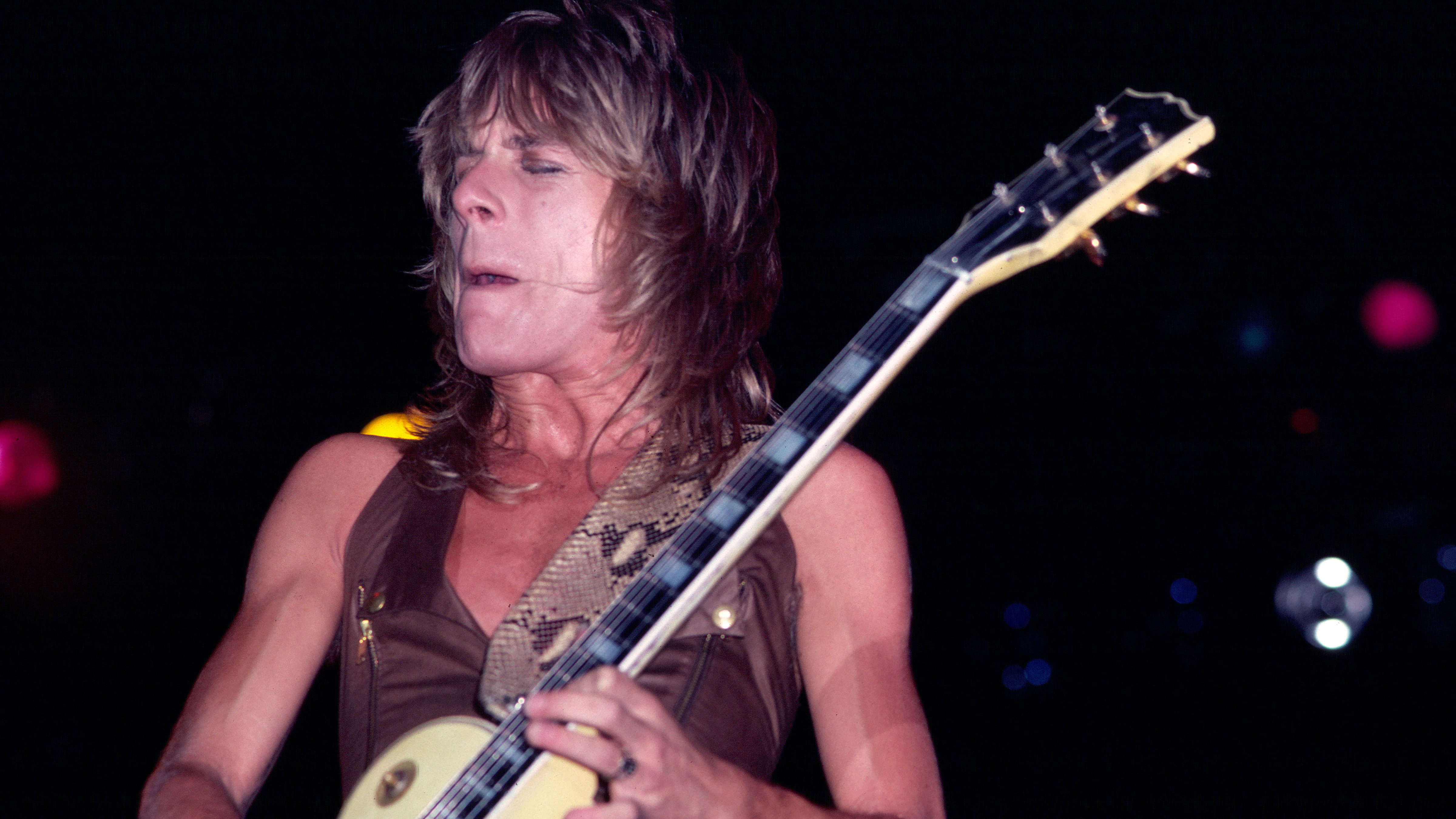“In my opinion, as someone who was there, Randy never reached his peak. He was just getting started. I’m laughing at the thought of Randy reaching his peak with just two albums!”: The genius of Randy Rhoads — by his former bandmate

Legendary guitar hero Randy Rhoads had a unique kind of “mystical ability” — according to a musician who played alongside him in two different bands.
Bassist Rudy Sarzo performed with Rhoads in LA band Quiet Riot in the late ’70s before the pair were reunited in Ozzy Osbourne’s band in 1981.
Sarzo tells MusicRadar: “Randy was a star from the first day that I saw him play with Quiet Riot. There was a certain quality he carried in the Quiet Riot days, which carried on through the Ozzy period.
“He was always true to his musical integrity and his image. I knew that he would be a star, and so did the audience.
“But with Quiet Riot, musically, he was in a box.”
Sarzo continues: “Randy was the first musician that I ever played with who had the utmost musical integrity.
"He was born into a musical family of professors, and at a very early age, began his musical and academic education. His family owned a music school.
Want all the hottest music and gear news, reviews, deals, features and more, direct to your inbox? Sign up here.
“All the other guys I’d ever played with before that were just picking things up by listening to records and learning on the streets by sharing riffs with each other. But not Randy. He had a musical education. He knew about music theory, sight reading, and composition.
“He was an academically schooled musician. So to find a rock ‘n’ roll musician with that level of credibility and mystical ability was almost virtually impossible because those guys usually leaned toward jazz or classical.”
Randy Rhoads was aged just 25 when he was killed in a plane crash on 19 March 1982 while on tour with Osbourne.
He had made two studio albums with Ozzy — 1980’s Blizzard Of Ozz and 1981’s Diary Of A Madman. Rhoads co-wrote classic songs such as Crazy Train, Revelation (Mother Earth), You Can’t Kill Rock And Roll and Diary Of A Madman itself.
It is often stated that Rhoads was at his creative peak with Ozzy, but Sarzo disagrees.
“No, no, no — that’s not true at all,” Sarzo insists. “In my opinion, as someone who was there, Randy never reached his peak.
“He was just getting started. I’m laughing at the thought of Randy reaching his peak with just two albums!
“He had so much more to explore and to create. But unfortunately, he passed too soon.
“To the people who never got to see Randy play live, all you have are the records, you know? But I’ve got to tell you, on the road, Randy would take what he’d already recorded and take it to new levels of intensity.
“From being there, and listening to him playing, the portion of [Ozzy’s] set which was at the end of the show, where we would do three Black Sabbath songs, Paranoid, Iron Man and Children Of The Grave, that’s where Randy would be the most experimental — during the solos.
“Playing those Black Sabbath songs was new territory for Randy,” Sarzo says. “And in his solos he found a way to make the Sabbath songs more interesting for himself.
“He needed some kind of outlet. He would come in, throw in new ideas, though not too much — just enough to feed his creativity.
“The thing was that Randy was not really wired to play the same thing every night. He was too creative for that.”
Andrew Daly is an iced-coffee-addicted, oddball Telecaster-playing, alfredo pasta-loving journalist from Long Island, NY, who, in addition to being a contributing writer for Guitar World, scribes for Rock Candy, Bass Player, Total Guitar, and Classic Rock History. Andrew has interviewed favorites like Ace Frehley, Johnny Marr, Vito Bratta, Bruce Kulick, Joe Perry, Brad Whitford, Rich Robinson, and Paul Stanley, while his all-time favorite (rhythm player), Keith Richards, continues to elude him.
You must confirm your public display name before commenting
Please logout and then login again, you will then be prompted to enter your display name.


